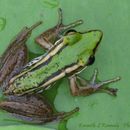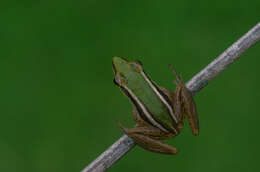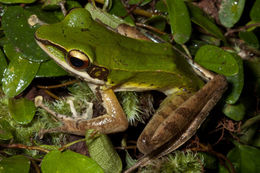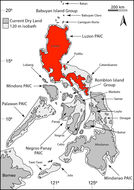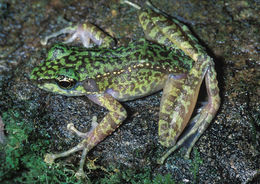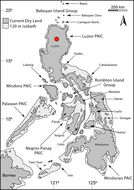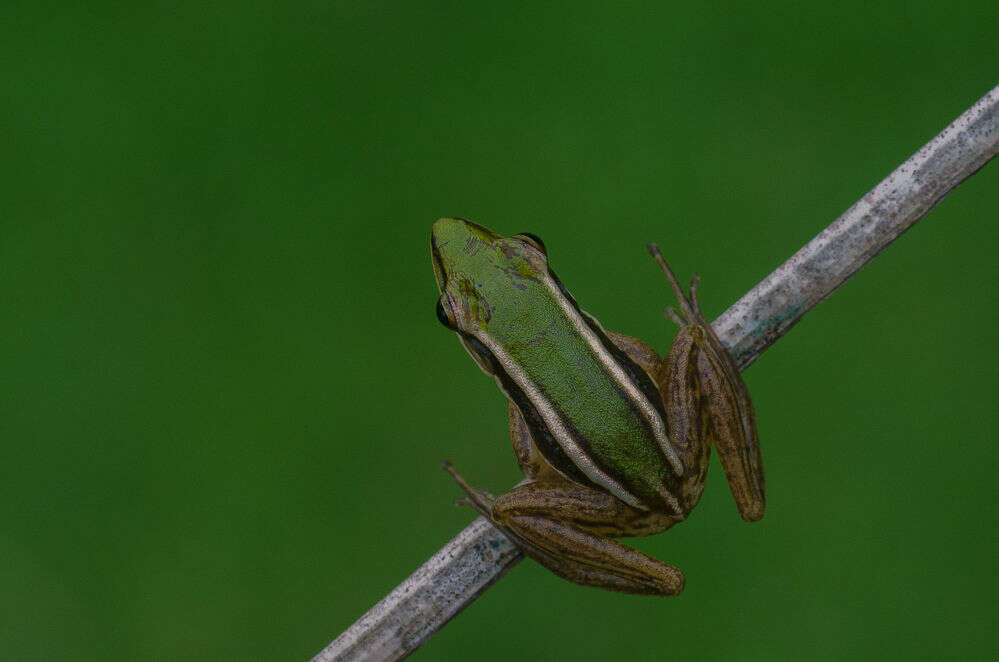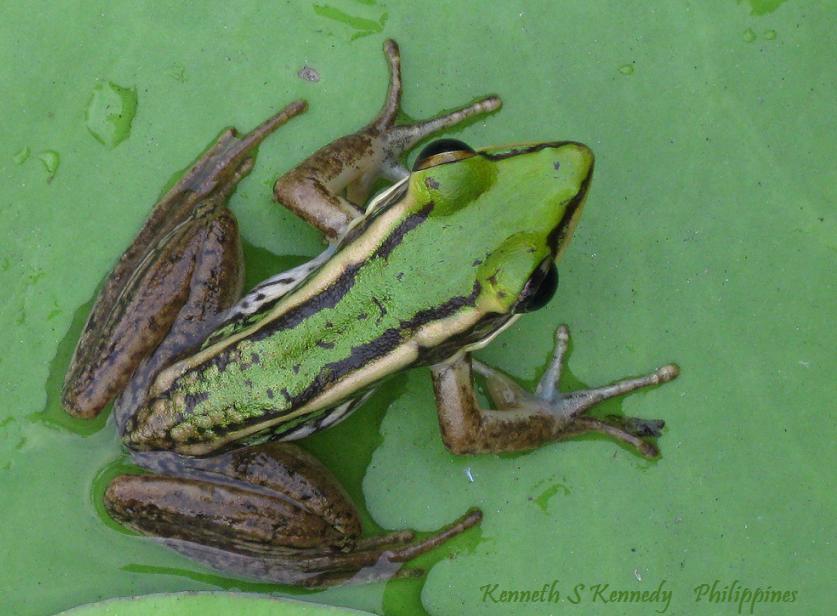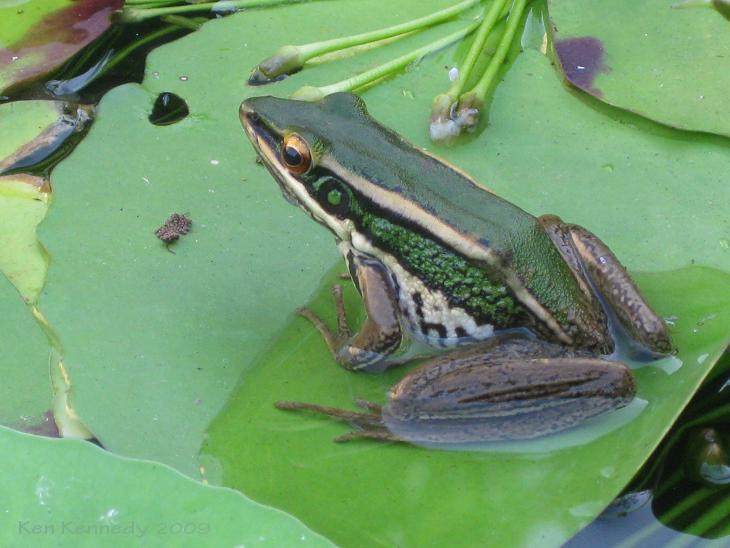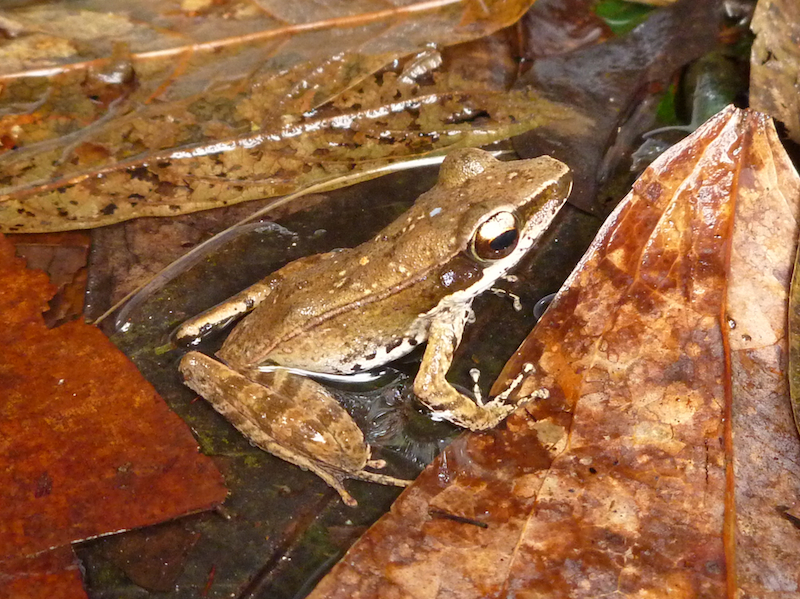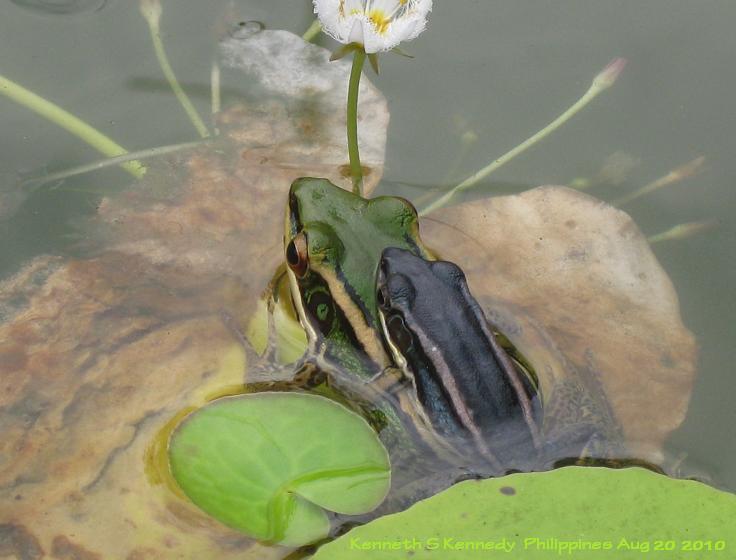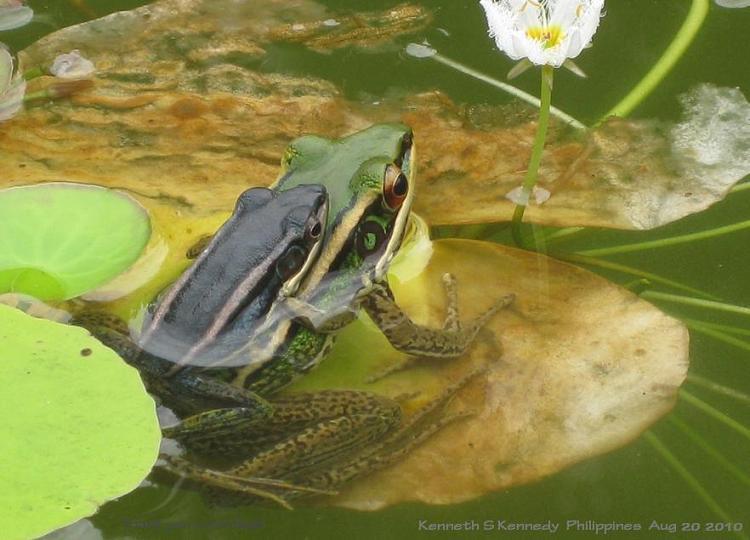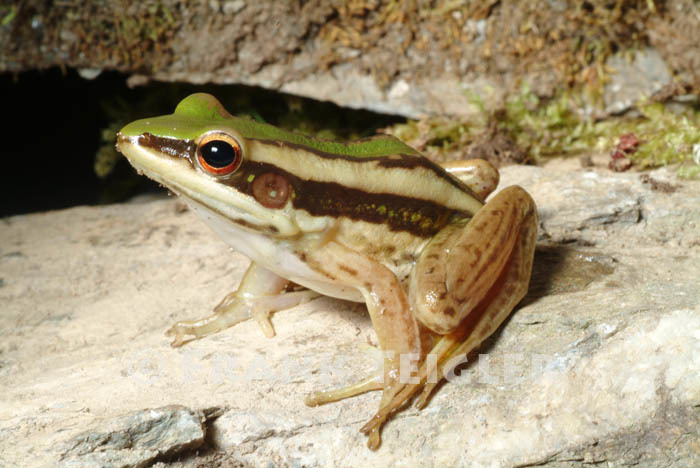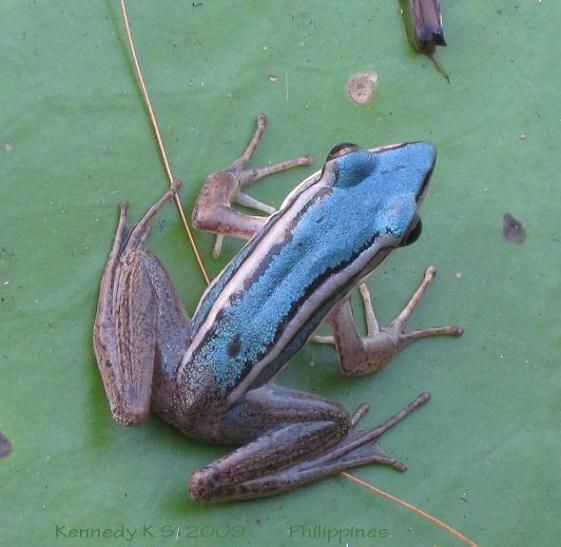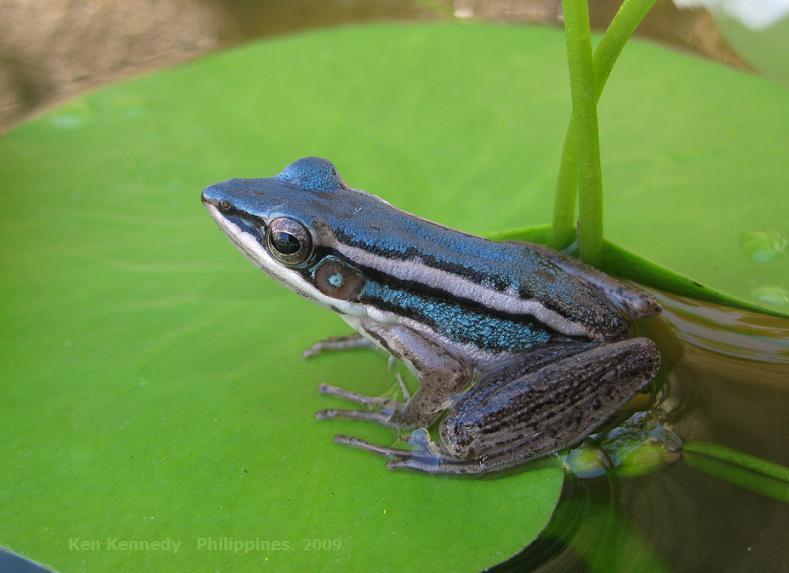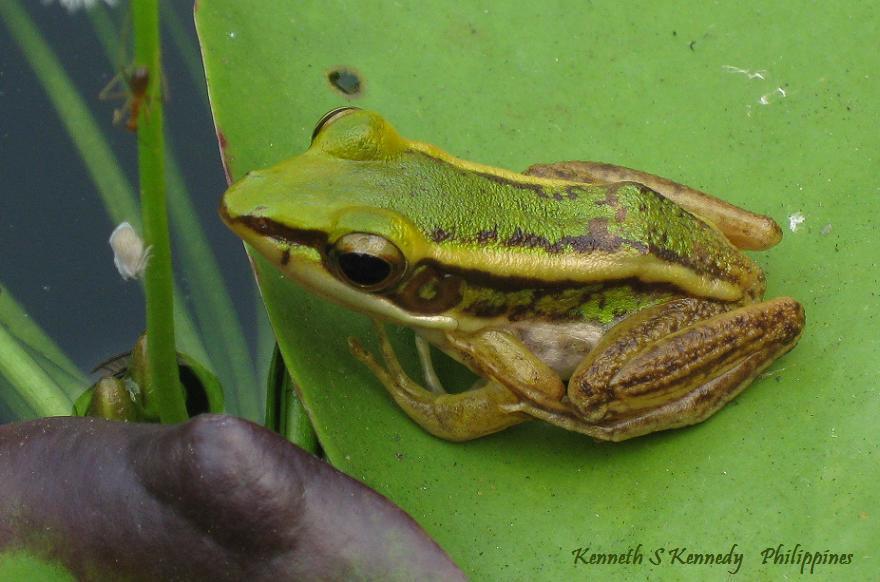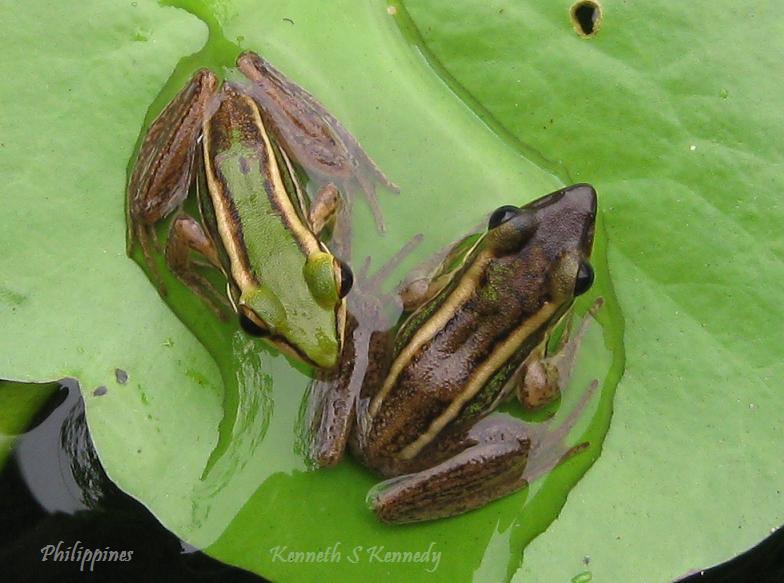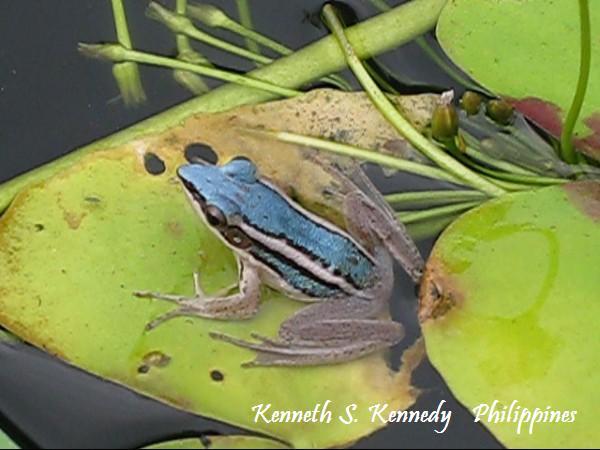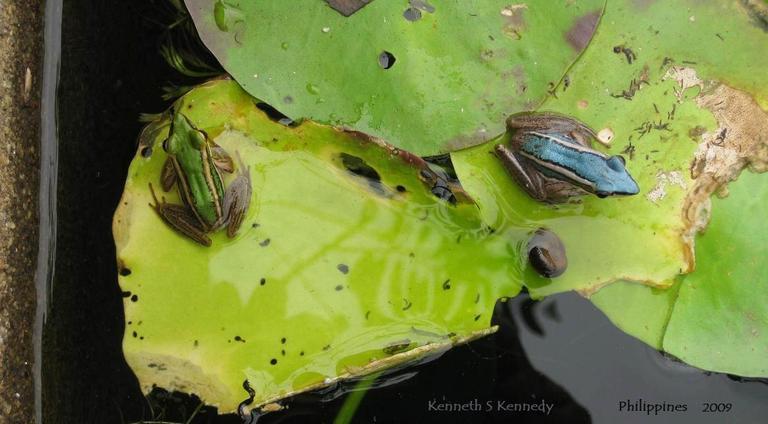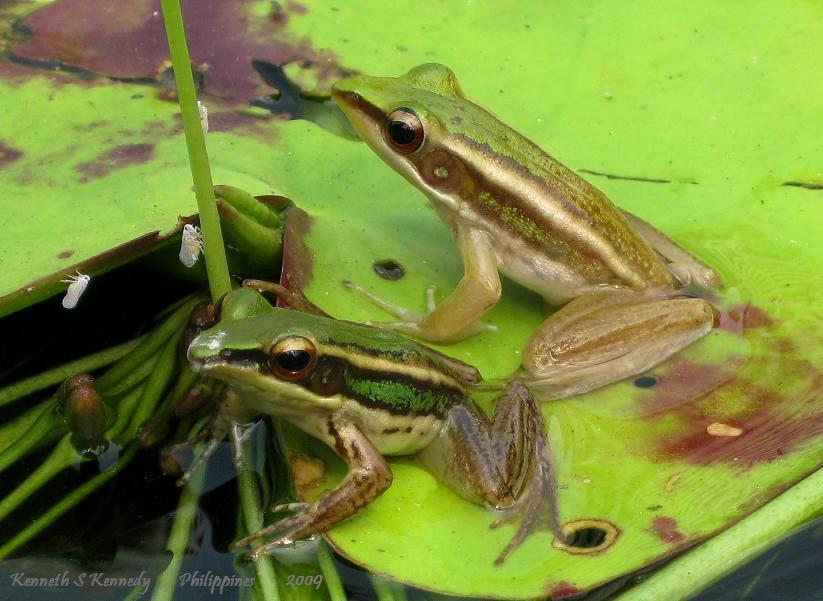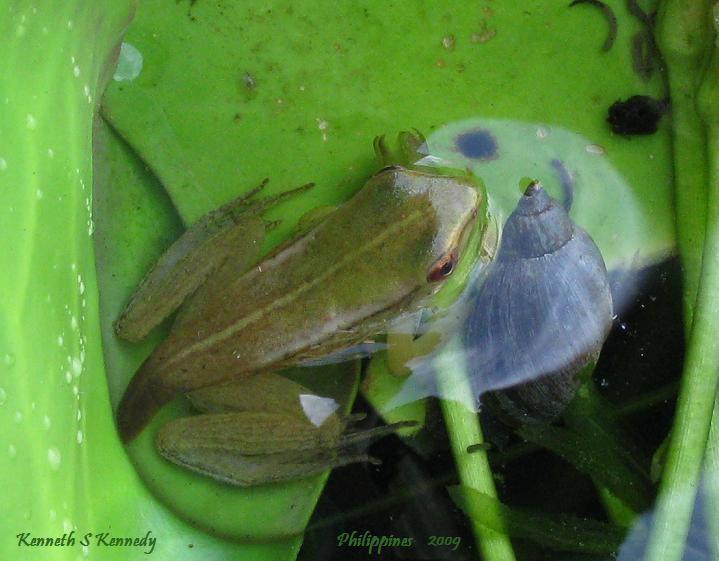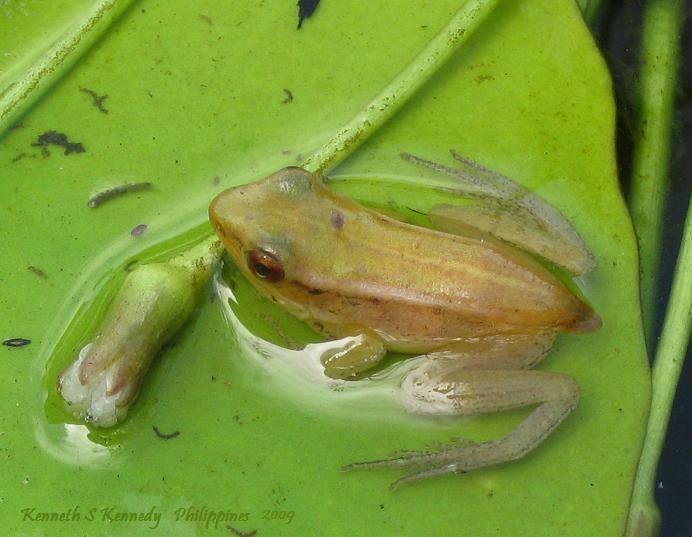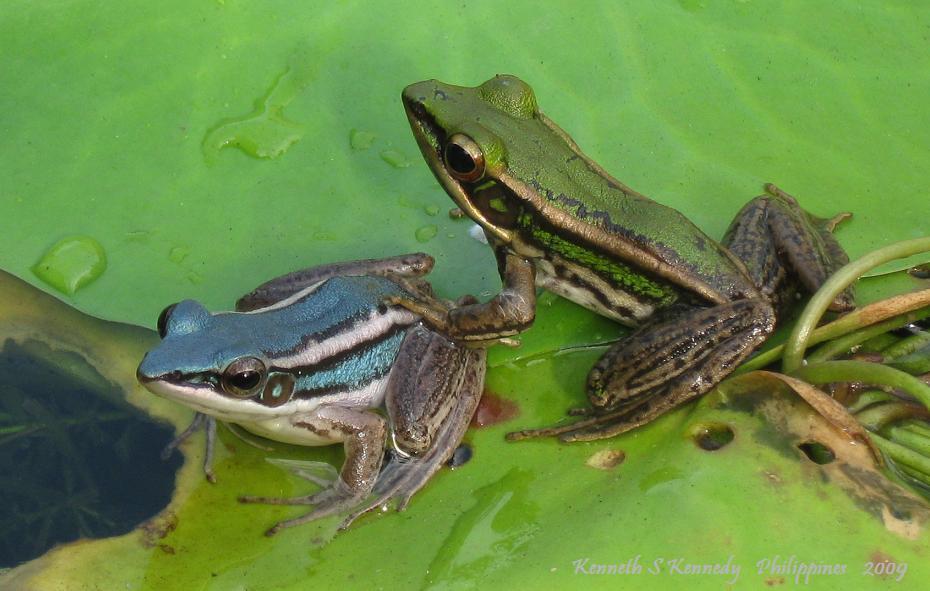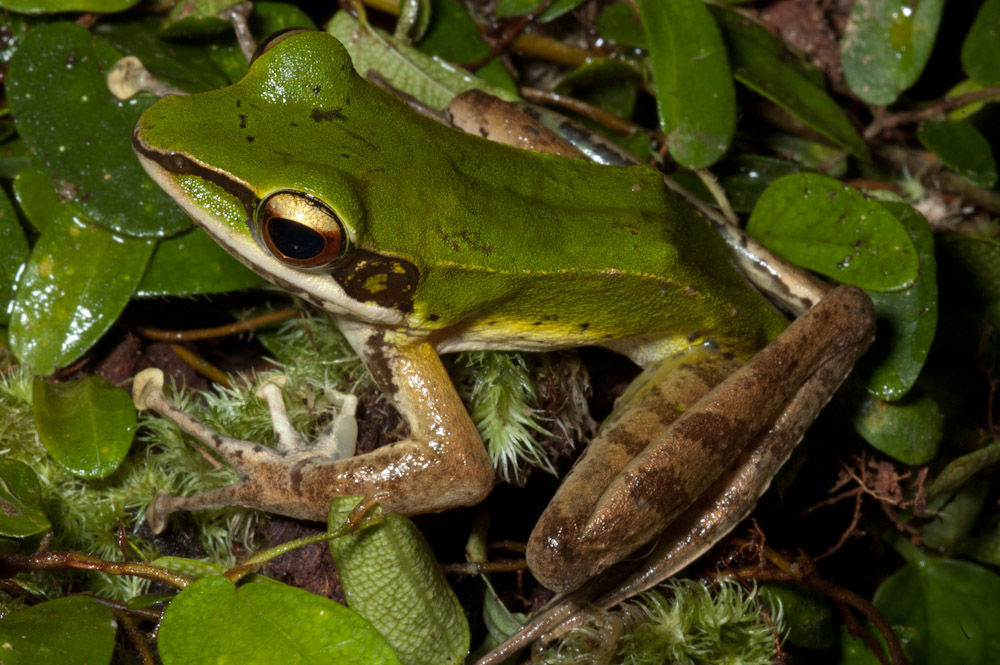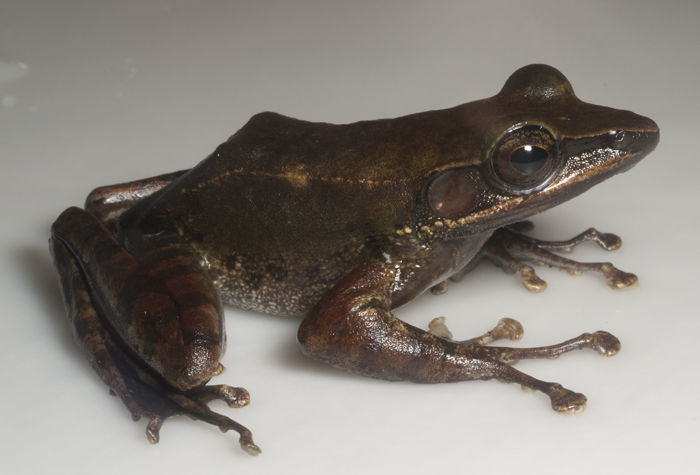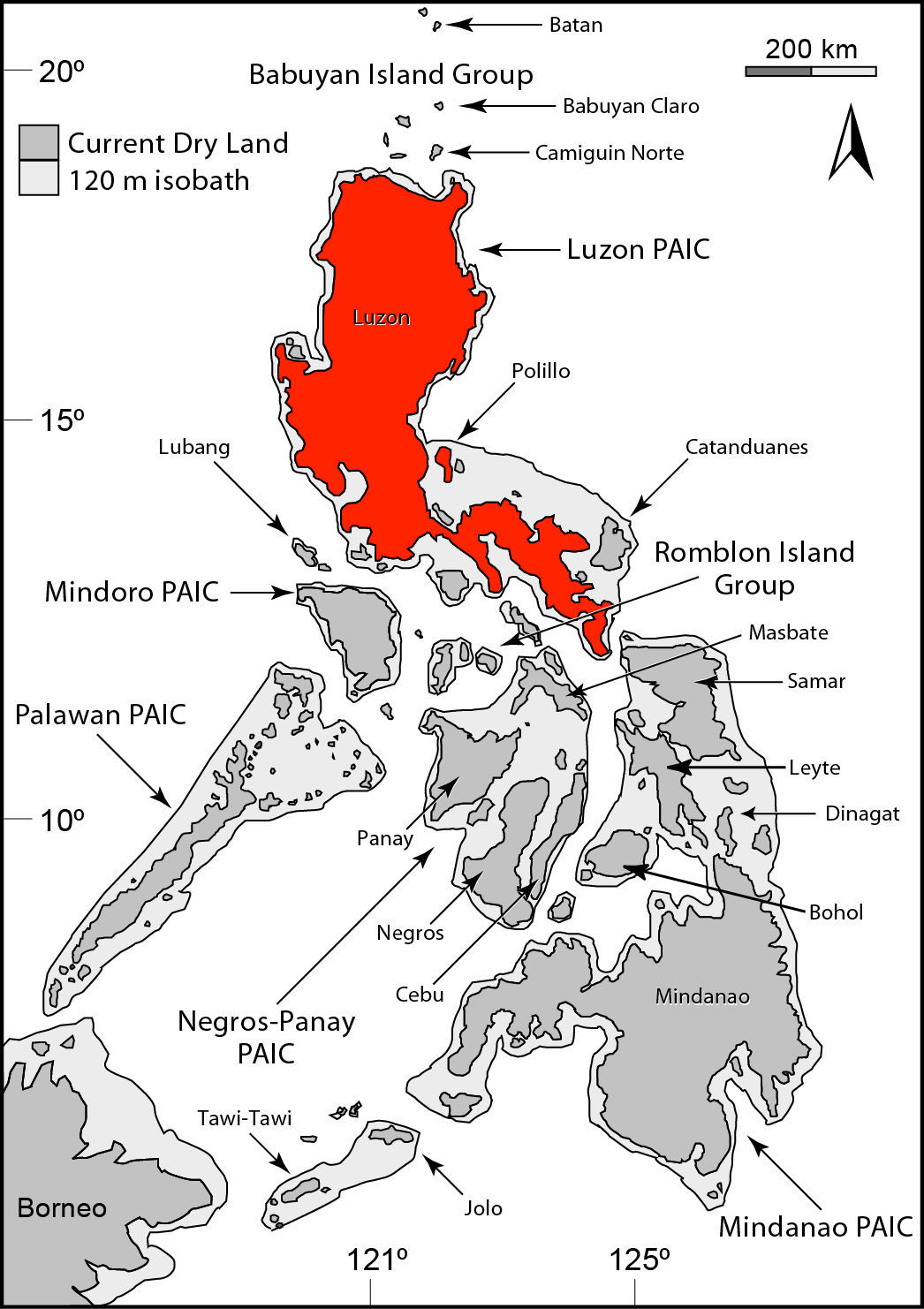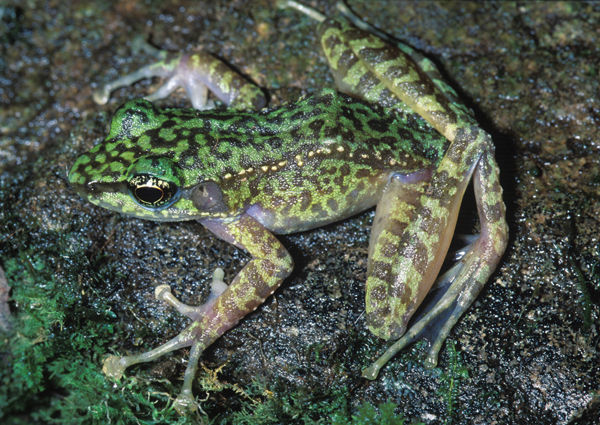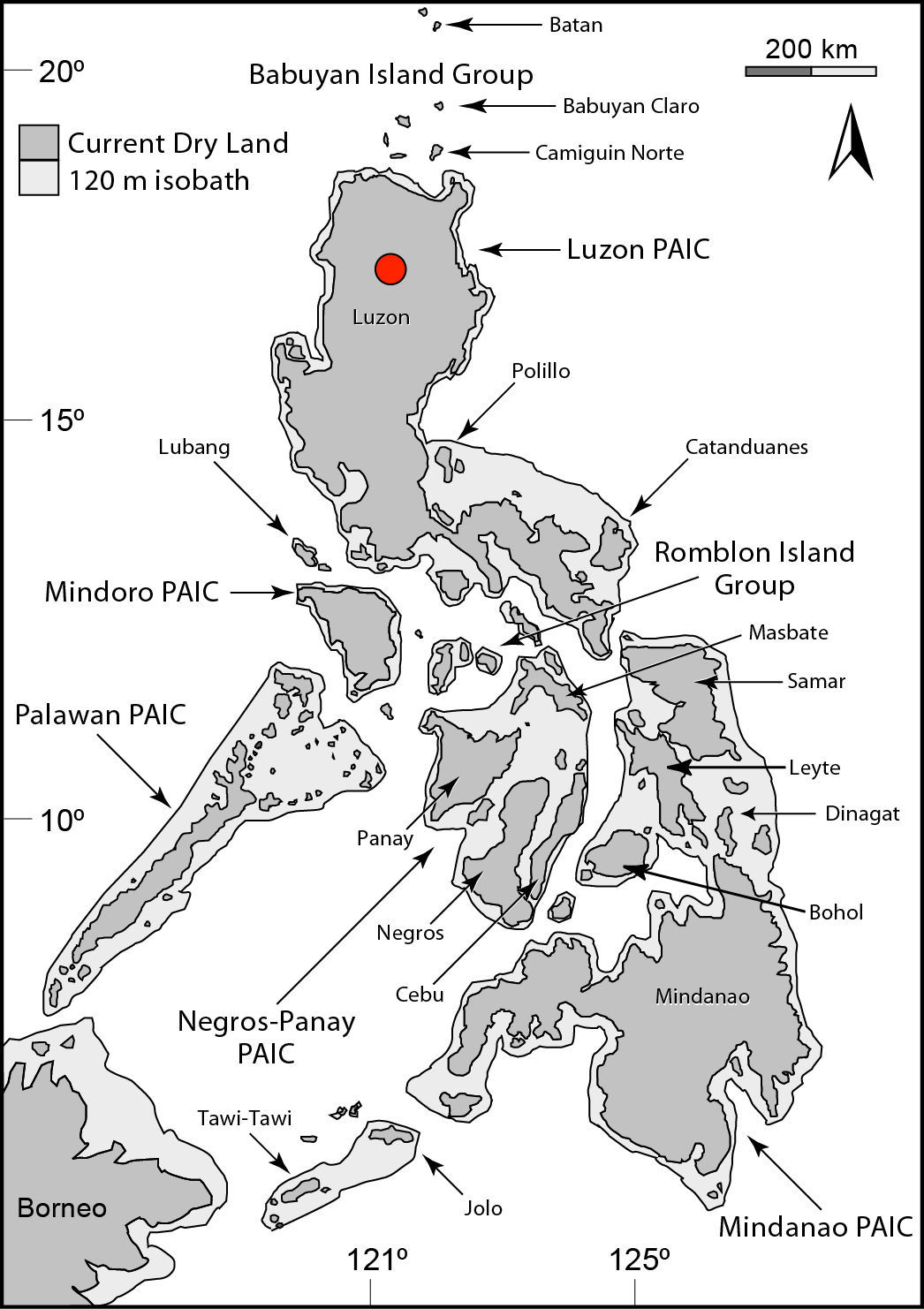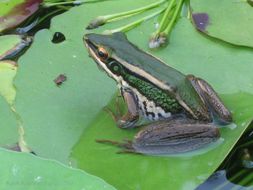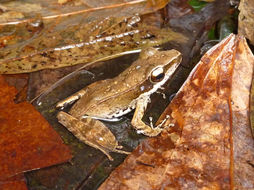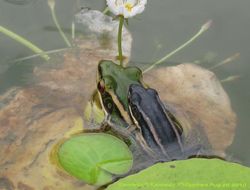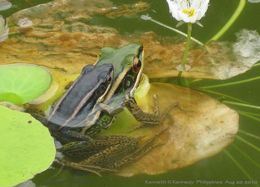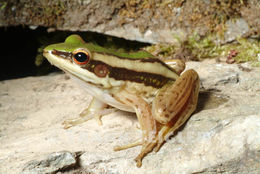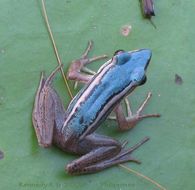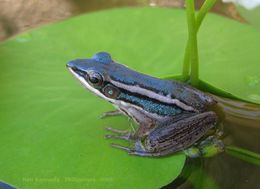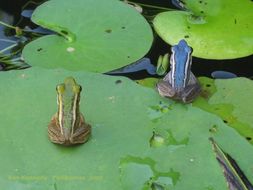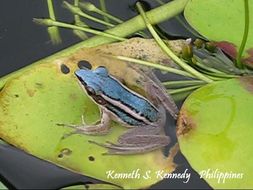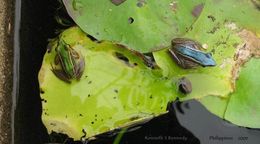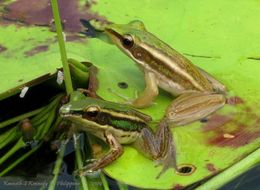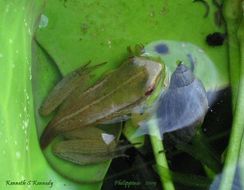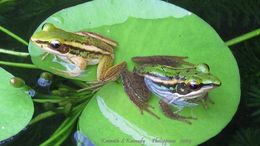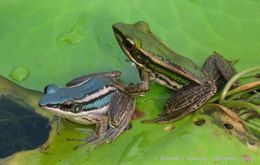-
Hylarana tytleriEnglish: Hylarana tytleri - common pond frogDate18 July 2014, 08:23:56 Author Madhumay
-
-
-
-
-
-
-
This blue variant is not the normal color. This may be the first ever blue Rana erythraea to be documented. The common name of Rana erythraea is the Green Paddy Frog. This specimen however, has blue color. Perhaps the uncommon name for this color variant should be Blue Paddy Frog. Watch video: http://www.youtube.com/watch?v=hD3YHrciL78
-
This blue variant is not the normal color. This may be the first ever blue Rana erythraea to be documented. The common name of Rana erythraea is the Green Paddy Frog. This specimen however, has blue color. Perhaps the uncommon name for this color variant should be Blue Paddy Frog. Blue Paddy Frog Video: http://www.youtube.com/watch?v=_Mvrk99fLEU
-
The common Green Paddy Frog and probably the first ever documented Blue Paddy Frog. In the green one, the dorso-lateral folds are cream colored while in the blue one, they are white.
-
This 'Golden' Paddy Frog was observed for more than a week, at different times of the day and its color never darkened similar to the normal/average colored ones found in the same pond-outdoor tank.
-
-
Video: http://www.youtube.com/watch?v=oyde6HEhqTY
-
There is a metallic quality to the green and blue colors of these two frogs.
-
Hylarana (Rana) erythraea
-
Hylarana (Rana) erythraea
-
Hylarana (Rana) erythraea
-
Hylarana erythraea
-
Hylarana erythraea
-
Sanguirana luzonensis
-
Sanguirana luzonensis
-
Known distribution of Sanguirana luzonensis in the PhilippinesKnown distribution of Sanguirana luzonensis in the Philippines. The five recognized major Pleistocene aggregate island complexes (PAICs), major islands and island groups, and additional deep-water islands are labeled for reference. Red dots indicate localities where the species has been observed. Red islands indicate the species is recognized to occur throughout the island. Red dashed lines indicate hypothesized geographic distributions. Red gradients indicate hypothesized geographic distributions, with darker shades indicating higher confidence in the species distribution. Current islands in the Philippines are shown in medium gray (or red); light gray areas enclosed in black 120-m bathymetric contours indicate the hypothesized maximum extent of land during the mid- to late Pleistocene.
-
Sanguirana igorota
-
Known distribution of Sanguirana igorota in the PhilippinesKnown distribution of Sanguirana igorota in the Philippines. The five recognized major Pleistocene aggregate island complexes (PAICs), major islands and island groups, and additional deep-water islands are labeled for reference. Red dots indicate localities where the species has been observed. Red islands indicate the species is recognized to occur throughout the island. Red dashed lines indicate hypothesized geographic distributions. Red gradients indicate hypothesized geographic distributions, with darker shades indicating higher confidence in the species distribution. Current islands in the Philippines are shown in medium gray (or red); light gray areas enclosed in black 120-m bathymetric contours indicate the hypothesized maximum extent of land during the mid- to late Pleistocene.

